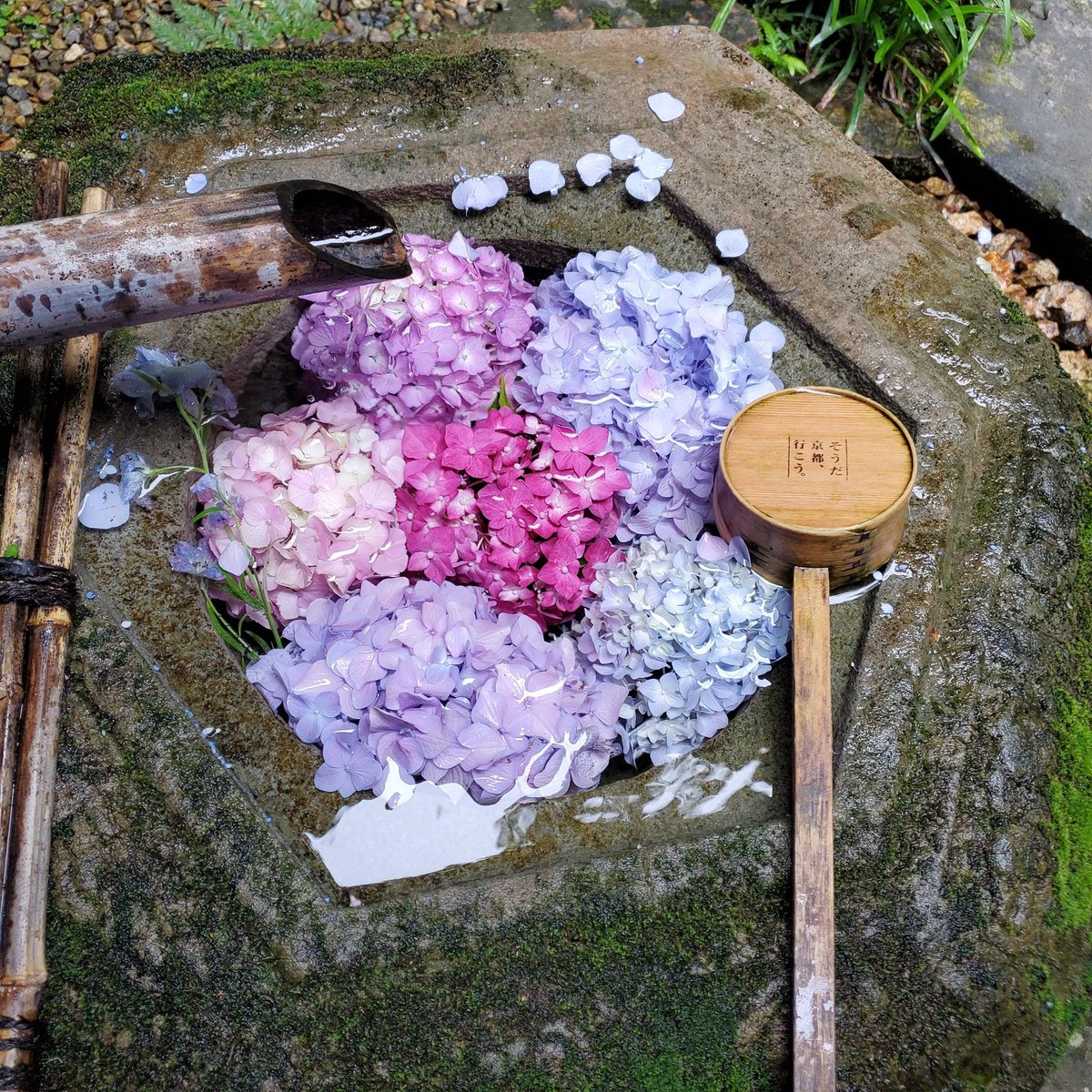
💦👁️WATER TO HEAL THE EYES👁️🙌
In 811 Kūkai (空海) left his post at Otokuni-dera (乙訓寺) to visit the nearby temple of Yōkoku-ji (楊谷寺). Whilst on retreat he noticed monkeys returning each day to a spring. Rather than drink, they washed the eyes of a blind infant🙈💦🤔
#Kyoto



In 811 Kūkai (空海) left his post at Otokuni-dera (乙訓寺) to visit the nearby temple of Yōkoku-ji (楊谷寺). Whilst on retreat he noticed monkeys returning each day to a spring. Rather than drink, they washed the eyes of a blind infant🙈💦🤔
#Kyoto
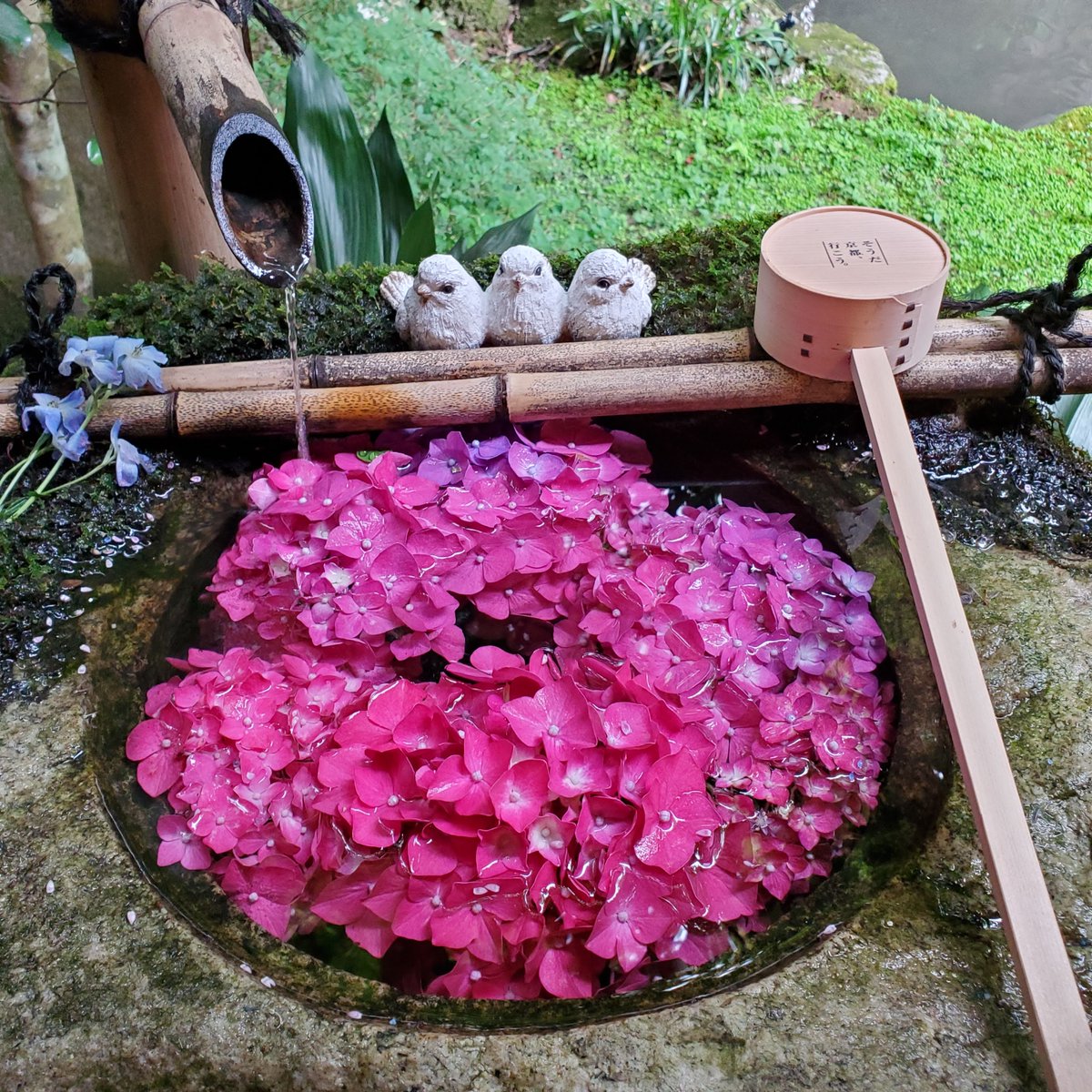

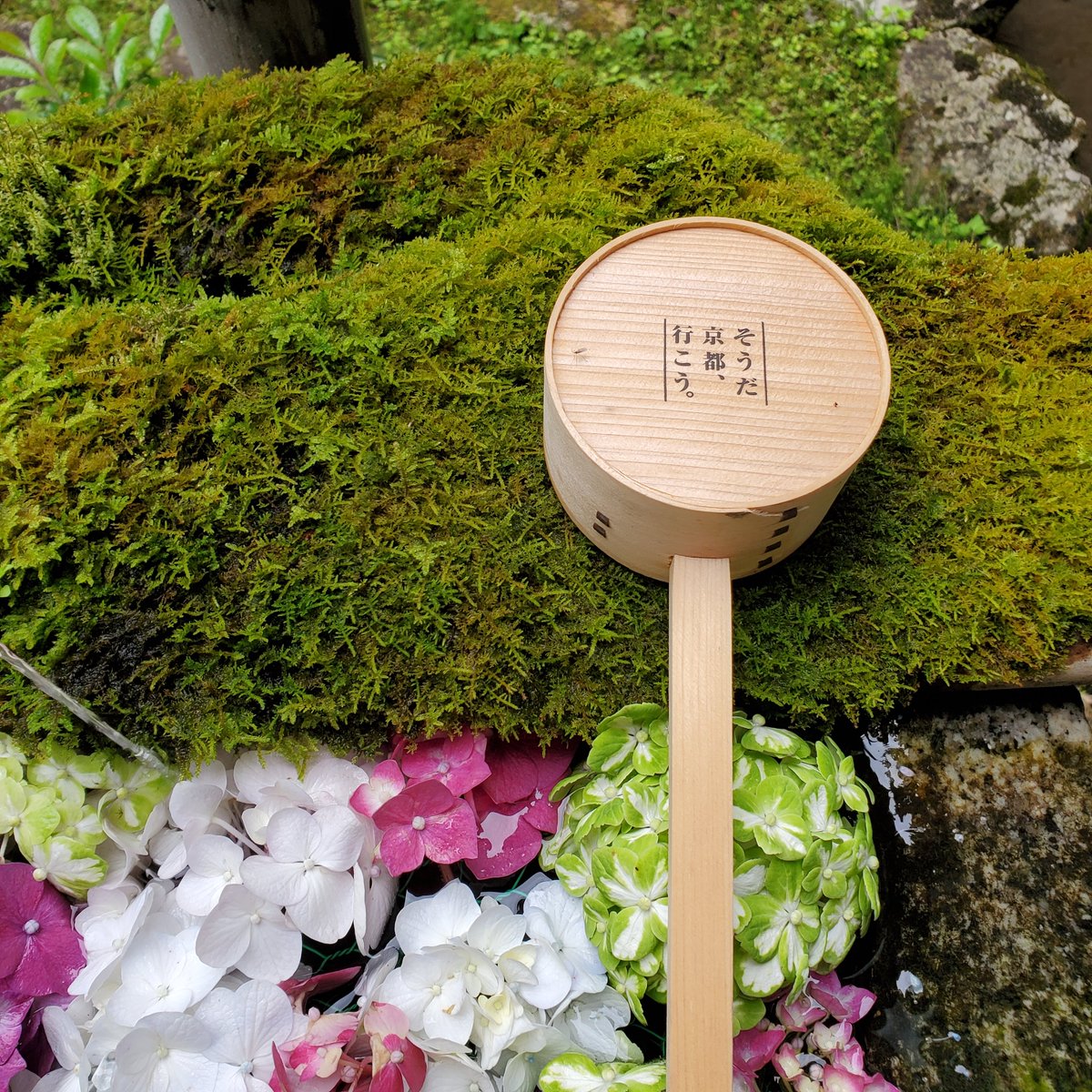

On the 17th day observing the monkeys Kūkai was shocked to see the infant's eyesight restored!
He took his tokko (独鈷), a single-pronged vajra used in esoteric rituals, & touched it against the spring's rock. It cracked and the trickle of water grew to fill a generous pool.



He took his tokko (独鈷), a single-pronged vajra used in esoteric rituals, & touched it against the spring's rock. It cracked and the trickle of water grew to fill a generous pool.




Just like nearby Yoshimine-dera, Yōkoku-ji (楊谷寺) is famed for its pure waters. Above the inner shrine is a small spring known as 'Minori-sui' (神徳水 the 'Water of Divine Virtues'), once thought to be the key to perpetual youth (or at the very least a long life).
#Kyoto #Japan



#Kyoto #Japan




Nowadays the spring is more deeply associated with beauty, thanks to Yodo-dono (淀殿 1567-1615), the 2nd wife of Toyotomi Hideyoshi.
During a visit to the temple she washed her face in the small pool, and almost immediately her beauty became linked to the waters.
#楊谷寺 #Kyoto



During a visit to the temple she washed her face in the small pool, and almost immediately her beauty became linked to the waters.
#楊谷寺 #Kyoto




Visitors to the spring nowadays purchase a towel before praying. Just as Yodo-dono did all those years ago, pray (typically a beauty-themed wish), splash your face, and dry yourself off.
The effect on the skin is said to be instantaneous🧐
...Yōkoku-ji is very good at marketing.



The effect on the skin is said to be instantaneous🧐
...Yōkoku-ji is very good at marketing.


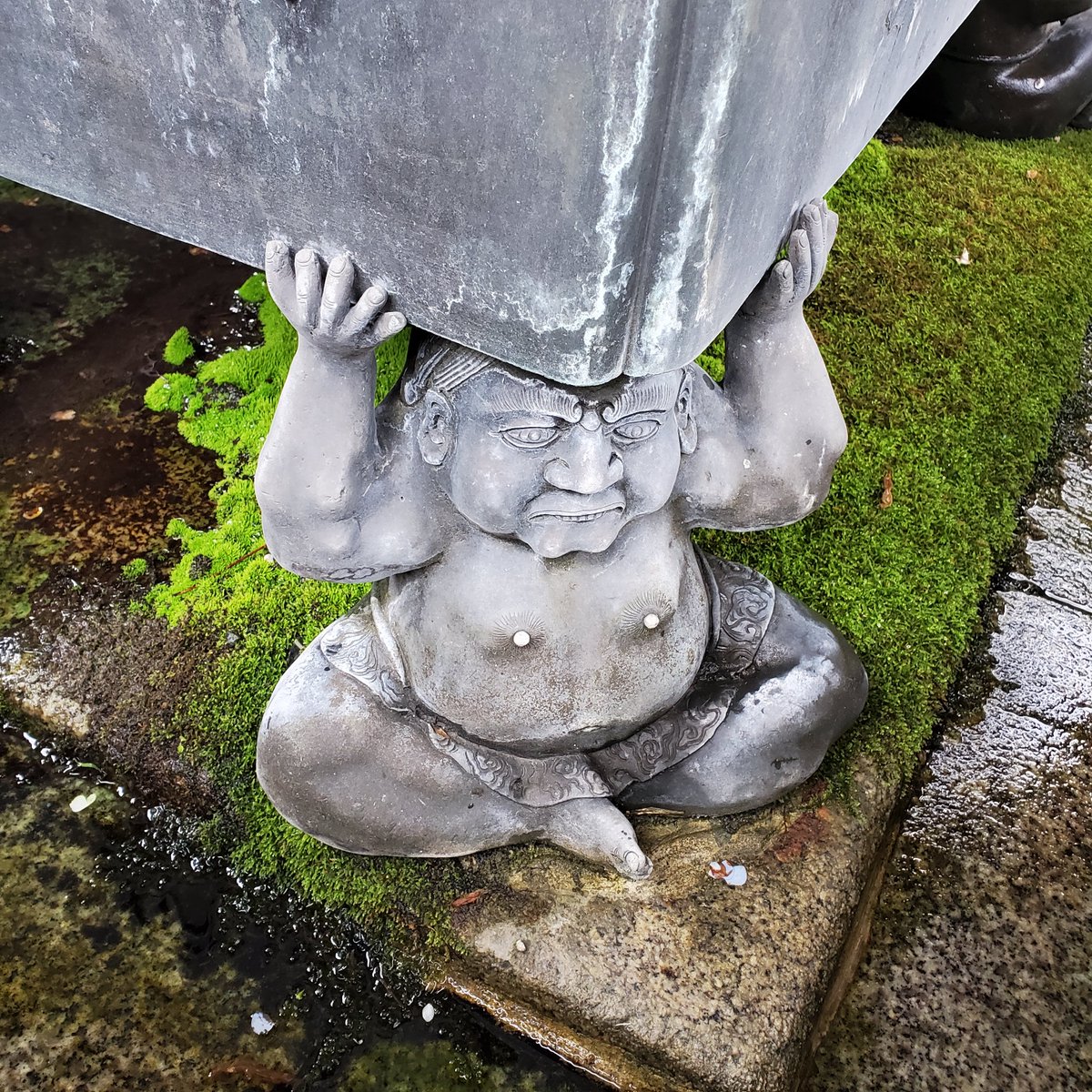

When troubled by a disease of the eyes, Emperor Reigen (霊元天皇 1654-1732) visited 'Tokko-sui' (独鈷水), the older of the temple's 2 sacred springs. He was cured, and for a long time afterwards the temple sent regular water offerings to the palace (even when it moved to Tōkyō). 







For Tokko-sui (独鈷水) to actually work, worshippers must follow a strict set of rules.
Begin by praying at the main hall, then travel up the 'Ajisai-no-michi' to the inner sanctuary to pray again. Return to the main hall to pray for a final time, and only then should you drink.



Begin by praying at the main hall, then travel up the 'Ajisai-no-michi' to the inner sanctuary to pray again. Return to the main hall to pray for a final time, and only then should you drink.
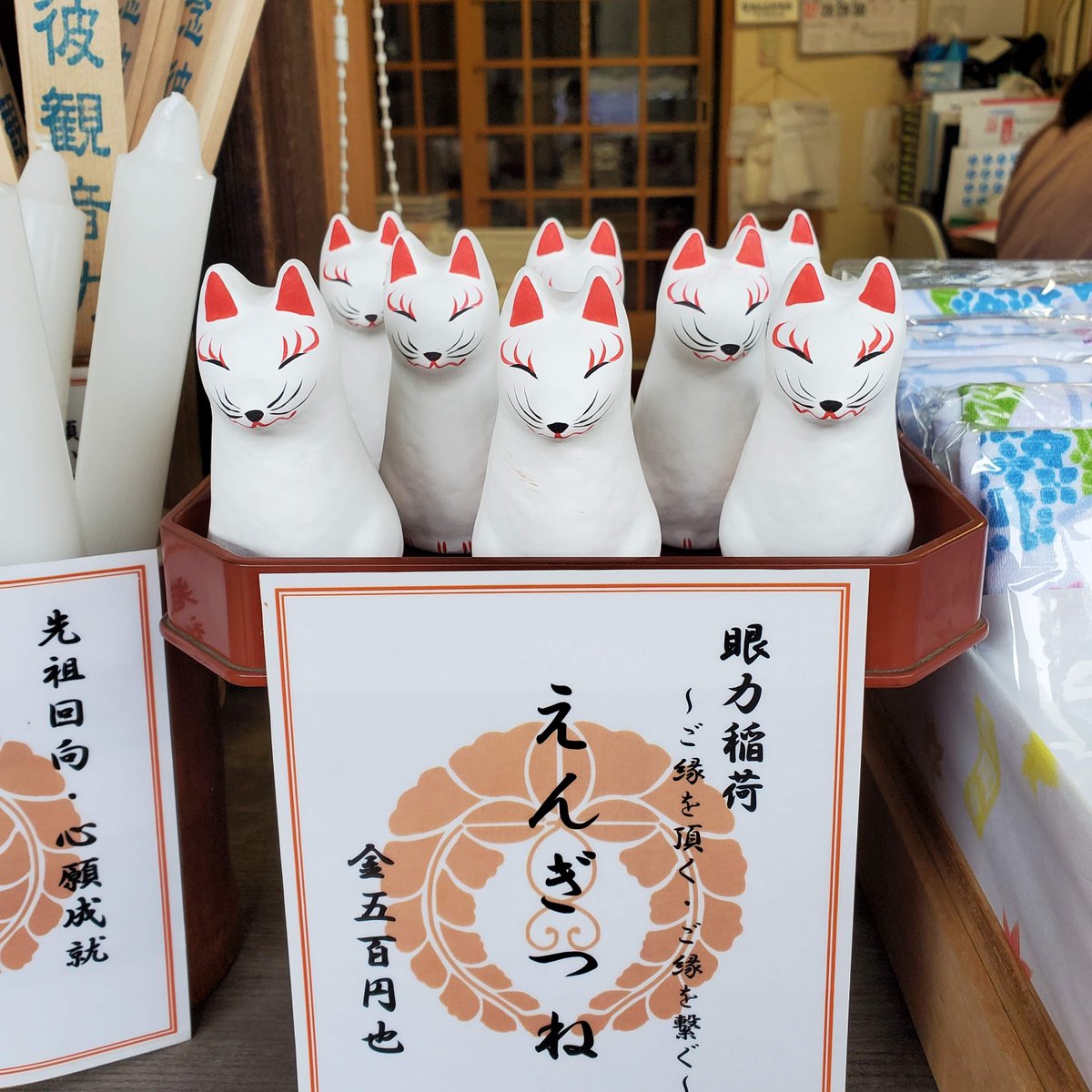


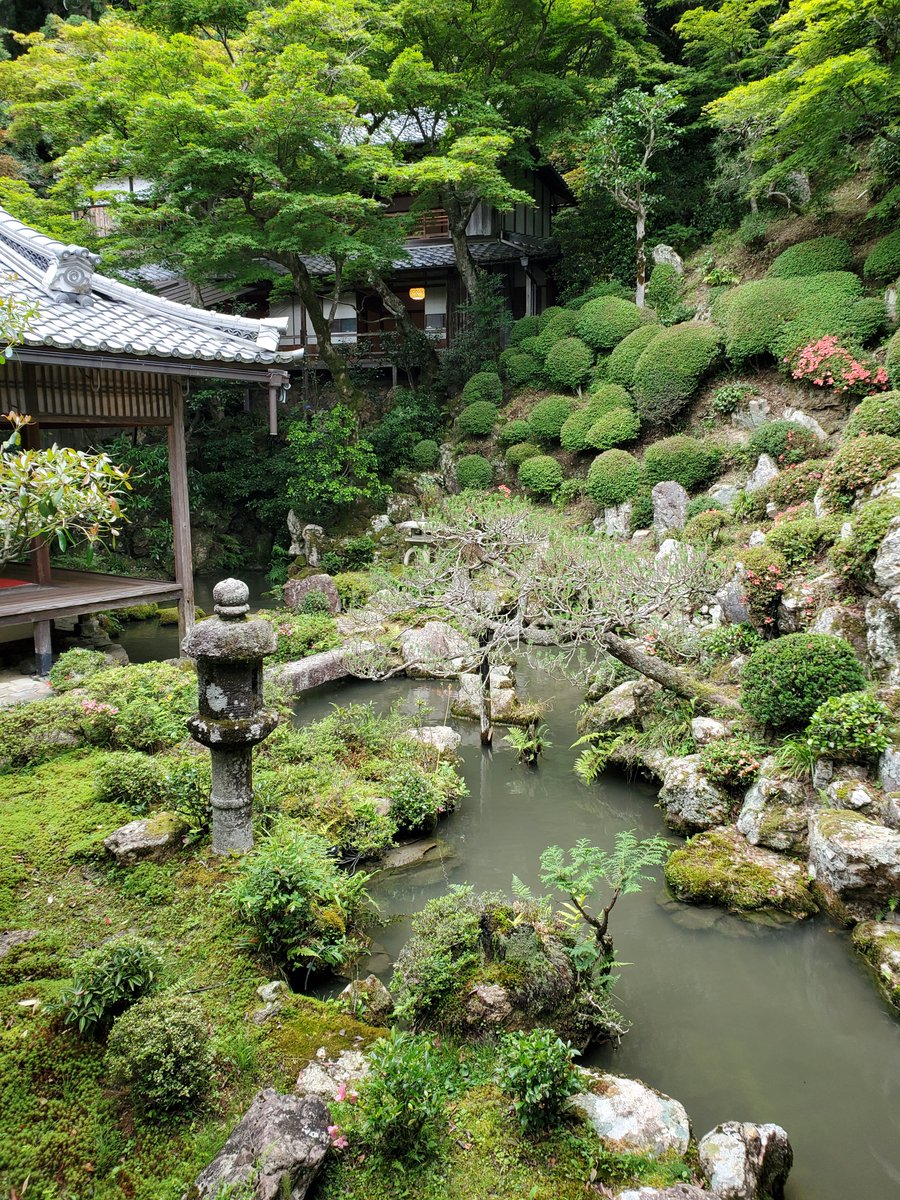
Yōkoku-ji's chōzubachi (手水鉢) each have different names. One of the most interesting is the 'Koto chōzu' (琴手水), set above a hollow jar. As water is poured through the stones, it drips into the space below, sound echoing like a harp.
#Yokokuji #手水鉢 #琴手水 #Kyoto
#Yokokuji #手水鉢 #琴手水 #Kyoto
The Jōdo-en (浄土苑 'Garden of the Pure Land'), designated a Kyōto Scenic Spot in 1987, was created in the mid-Edo period. The central feature of the garden is a series of 13 rocks representing the 13 bodhisattvas (十三仏) that oversee the 13 anniversaries after a person's death. 




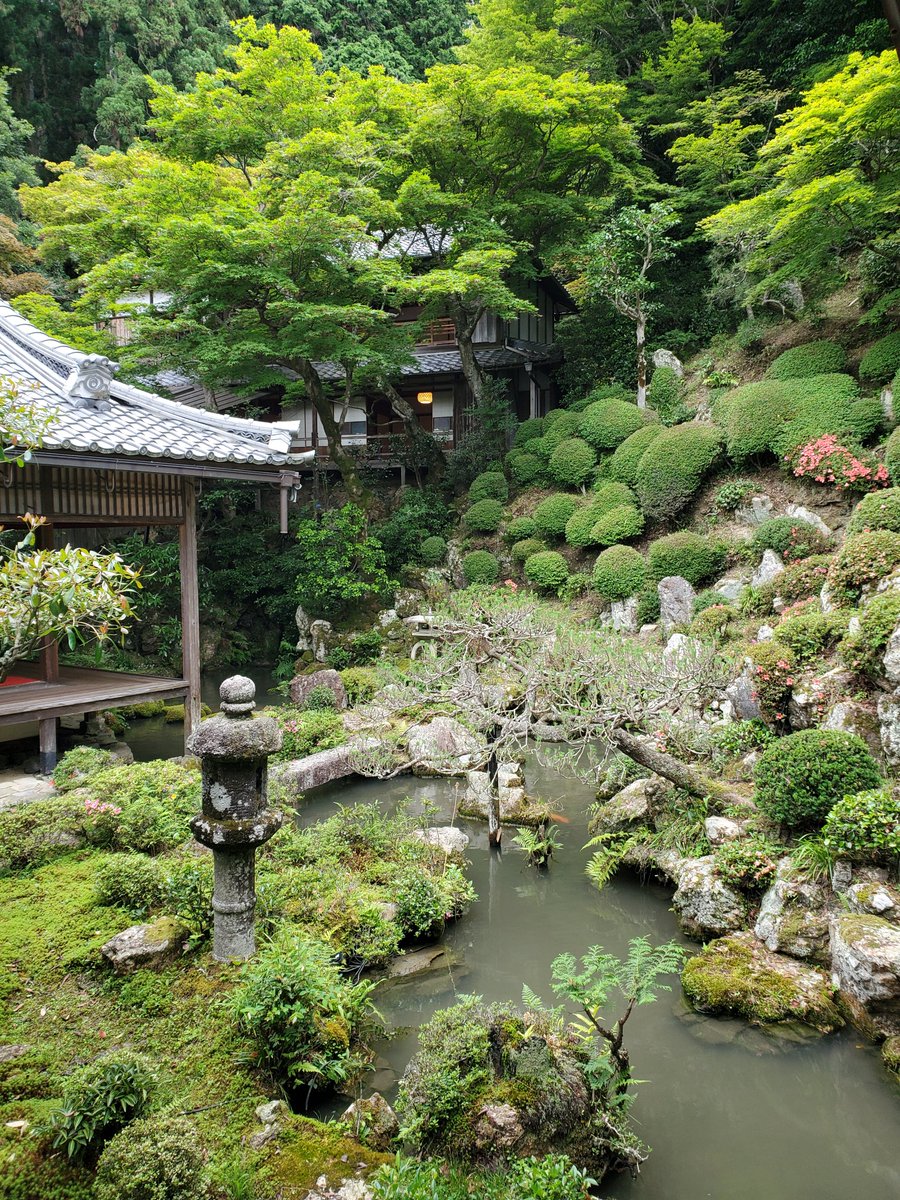


After death certain dates are important, beginning with the '7th Day' (初七日) overseen by Fudō Myō-ō (不動明王), and ending with the '33rd Year' (三十三回忌) overseen by Kokūzō Bosatsu (虚空蔵菩薩).
Appearing in the 14thC, this custom was popular in the Muromachi period.
#Kyoto



Appearing in the 14thC, this custom was popular in the Muromachi period.
#Kyoto


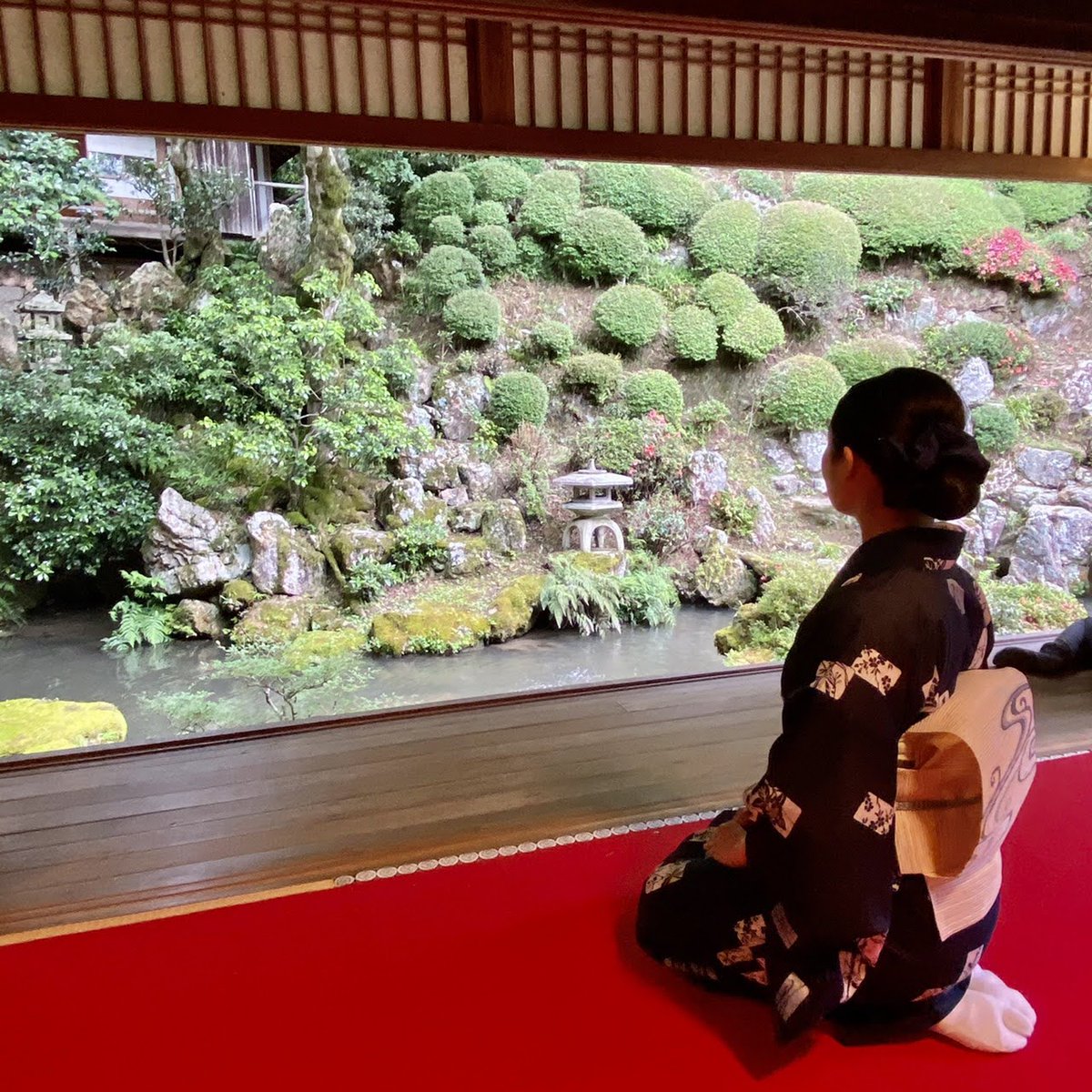

• • •
Missing some Tweet in this thread? You can try to
force a refresh



